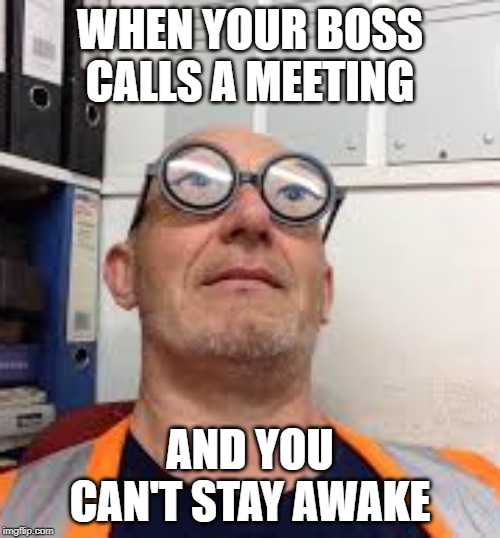


It can be beneficial if you aren’t used to exercise and would like help to gradually build up your activity levels. Pulmonary rehabilitation involves organised exercises and education about your lungs and keeping healthy, as part of a group. If you want to improve your fitness, you can go to expert-led exercise training programmes, or pulmonary rehabilitation programmes. – Stretching routines at home to strengthen your muscles – Getting off the bus one stop early, or taking a short walk You can try to build different activities into your daily routine in order to maintain your level of fitness: A physiotherapist can help you plan activities that are right for you. Longer, which will help you regain a normal breathing rate.ĭepending on how severe your symptoms are and how you prefer to exercise, keeping active ranges from basic activities around the home to structured exercise sessions. If you take deep breaths through the nose and release air slowly through pursed lips, your airways will be open One of the simplest ways to control shortness of breath is to breathe through pursed lips, as if you were going to whistle. As well as benefits to your general health, keeping active will also help reduce breathlessness when you exercise, reduce leg tiredness, raise energy levels, improve muscle strength, boost your immune system and improve your self-esteem and mood. If you maintain physical activity, your lungs and muscles will keep working as well as they can do, and your health will deteriorate much less rapidly. You can stop this vicious circle right at the start by keeping active. This can also affect your mood and lead to you feeling anxious As a consequence, you will need to breathe even more, which will make even simple activities hard. This means they will lose strength and weaken, making physical activities become more difficult. If you are inactive, you will become unfit and your muscles will become de-conditioned. It can be tempting to avoid exercise that you think will make you breathless. It is important not to feel ashamed and to talk about your concerns with your doctor, nurse or physiotherapist.Īs well as taking regular treatment, you can also reduce your shortness of breath by training and strengthening your muscles so they work better.īeing short of breath during activities can be frightening. This breathlessness can be alarming and often reduces a person’s urge for sex or their enjoyment of it. Some people also worry about breathlessness during sexual activity.

Depression, sadness and a feeling of losing control or feeling frightened and panicky, are all common emotional side effects of COPD.ĬOPD can also impact upon relationships as many people start to feel dependent on others for assistance with household activities or lonely if going out becomes diffi cult. If your condition is more severe, activities such as getting dressed, taking a bath or even combing your hair could make you breathless.Īs with other long-term illnesses which affect usual lifestyle activities, COPD can cause emotional suffering. If your condition is mild or moderate, you may start to notice that walking, exercising, shopping and other leisure activities may become harder. Similarly you could wake up in a morning feeling terrible, but your symptoms may improve by the afternoon.ĬOPD affects everybody differently depending on the severity of your illness. One day you may feel it is easy to manage your breathlessness, and other days it might stop you carrying out any activities at all. Symptoms of breathlessness and tiredness tend to become worse over time, however many patients find that their illness varies from day to day. You may find that you need to stop and recover half way up the stairs, or rest during a walk. One of the earliest signs of COPD is finding that you can’t manage activities as easily as you used to.


 0 kommentar(er)
0 kommentar(er)
